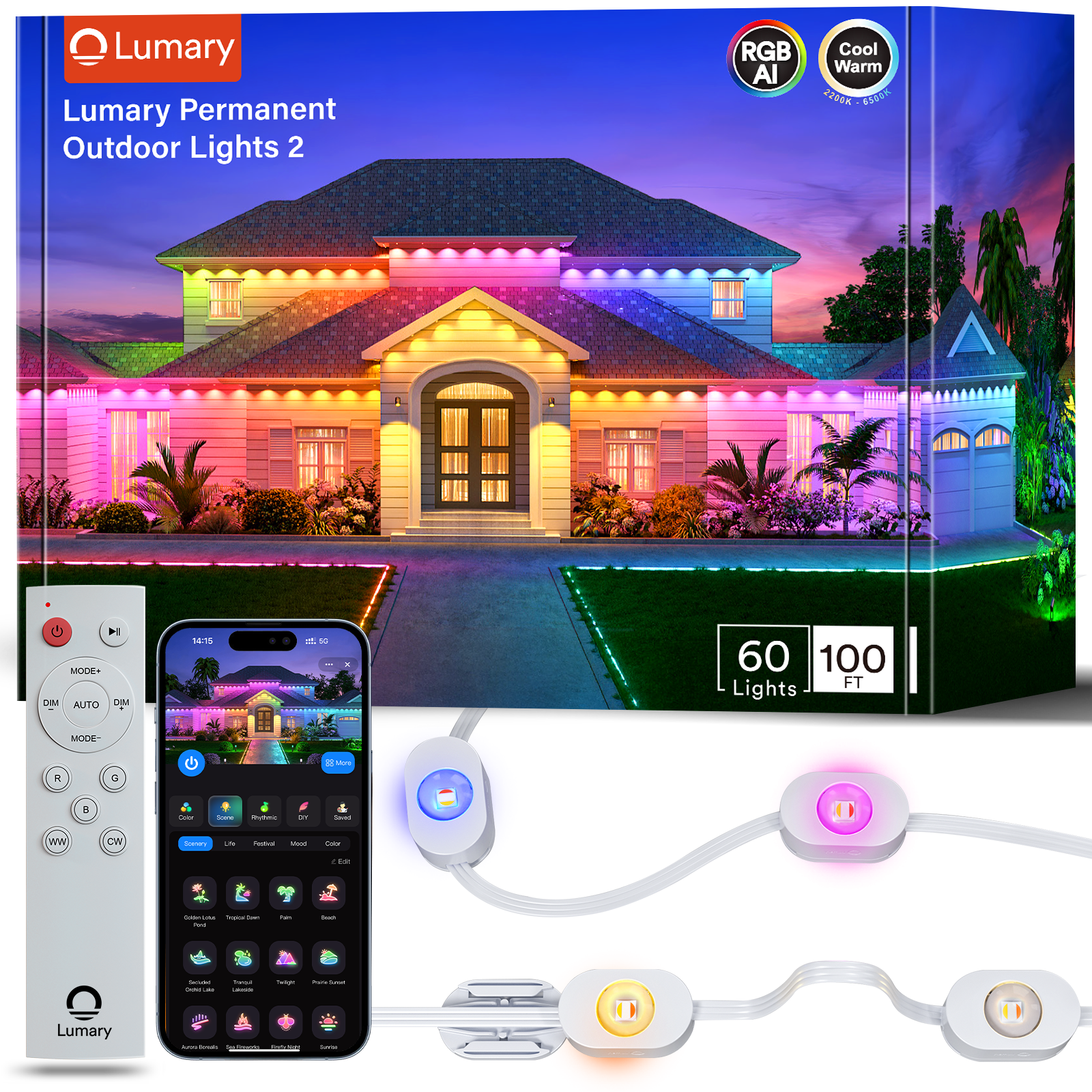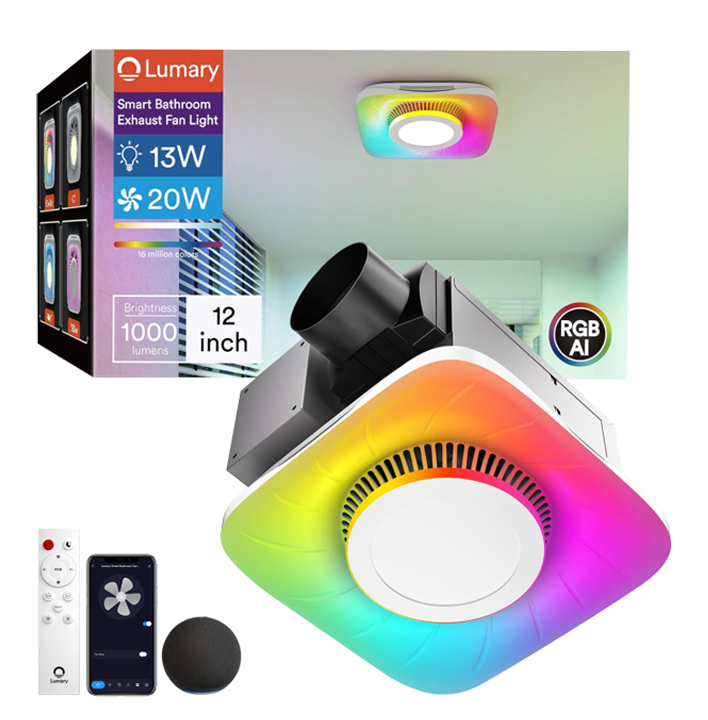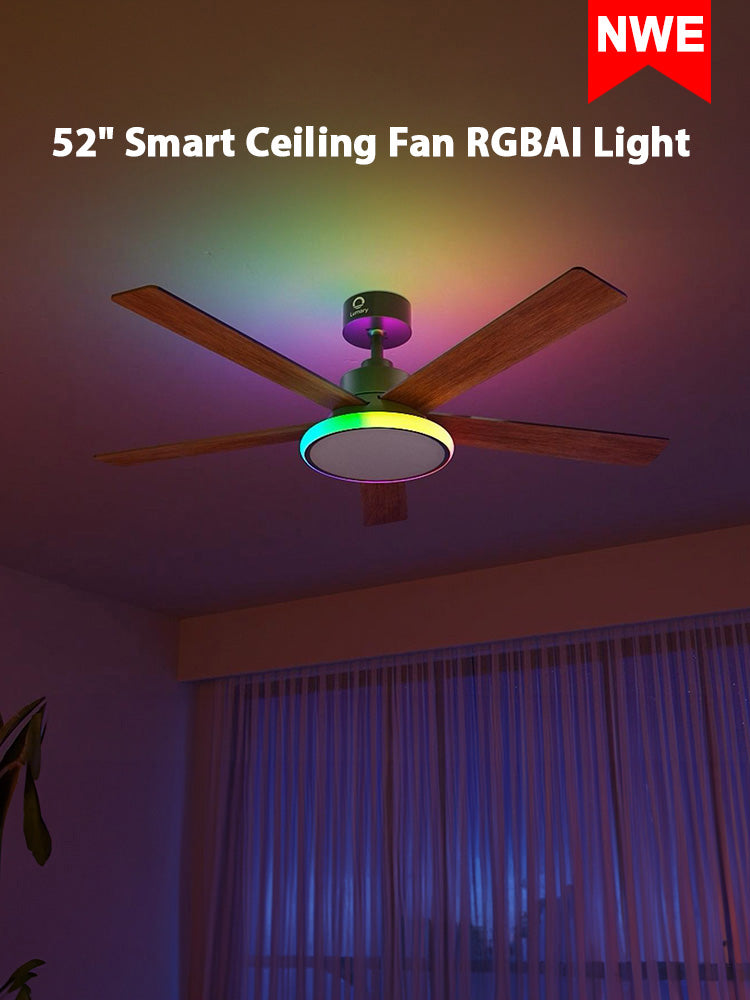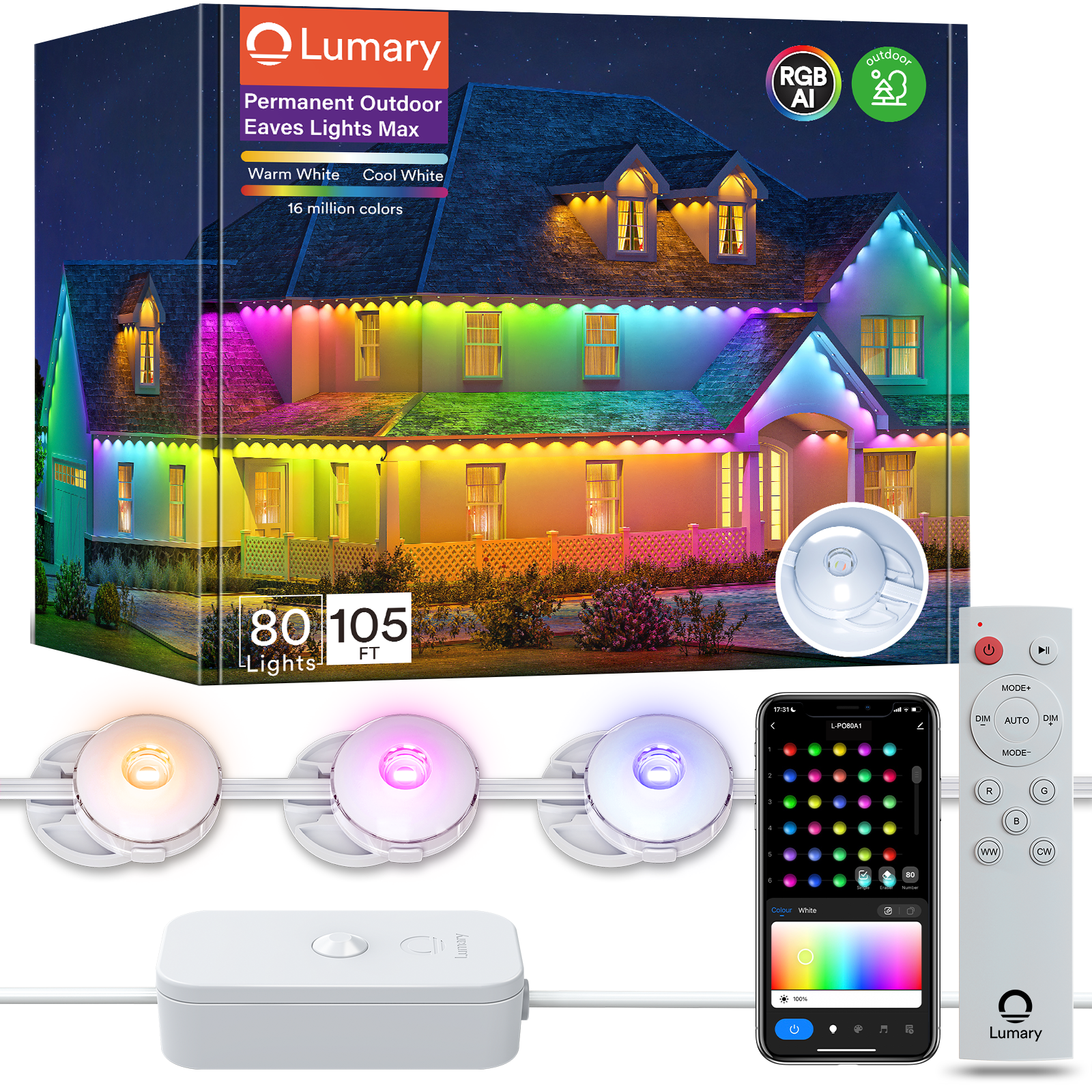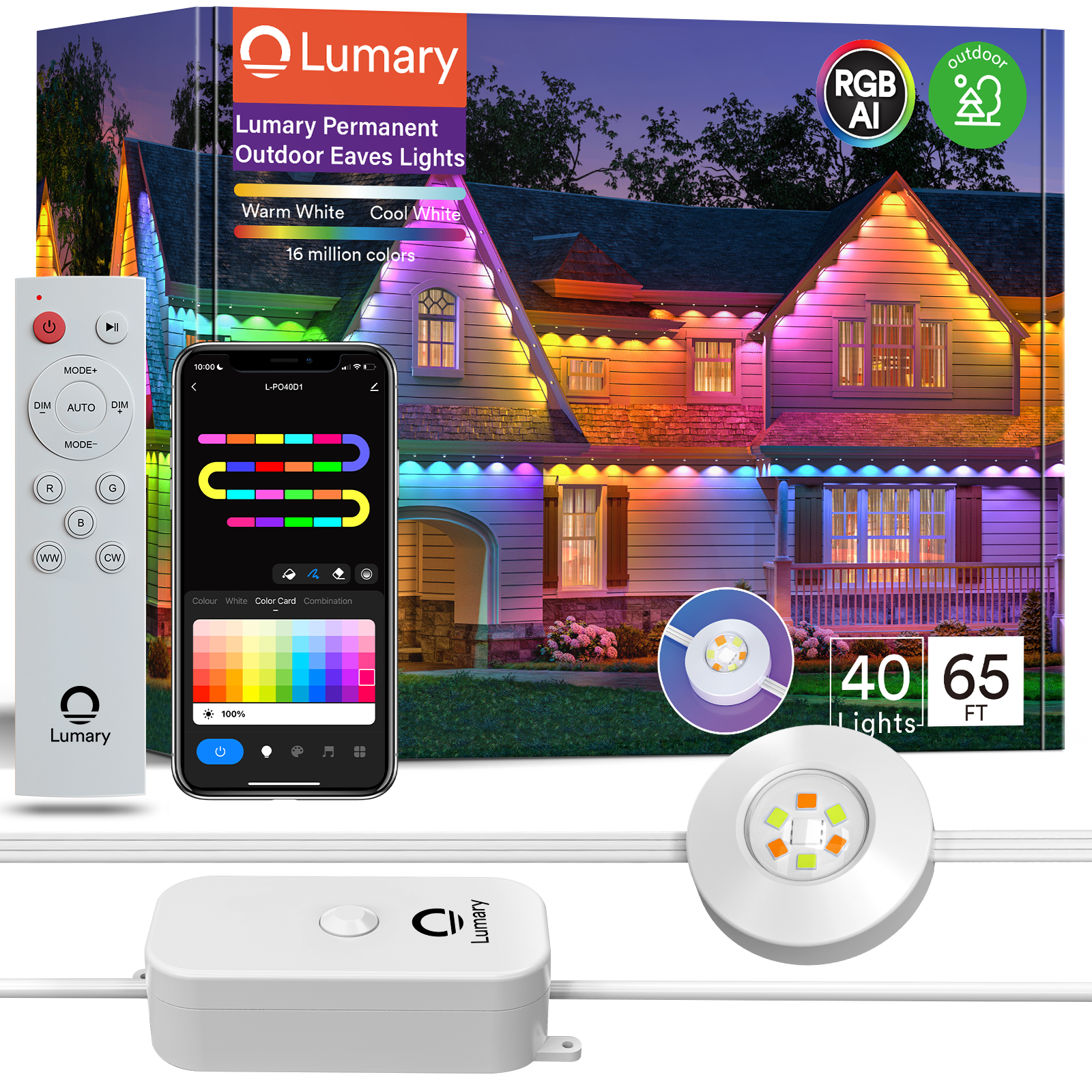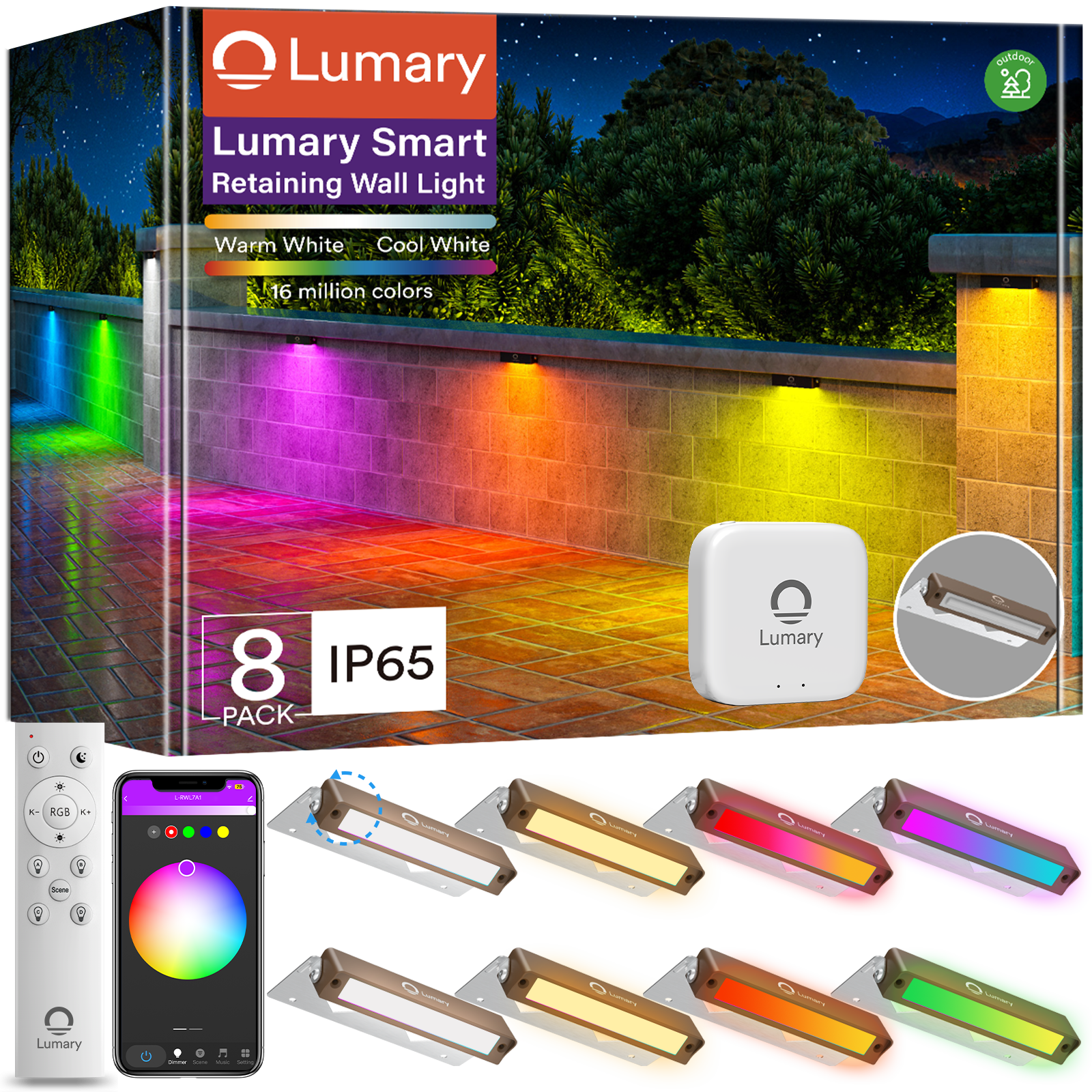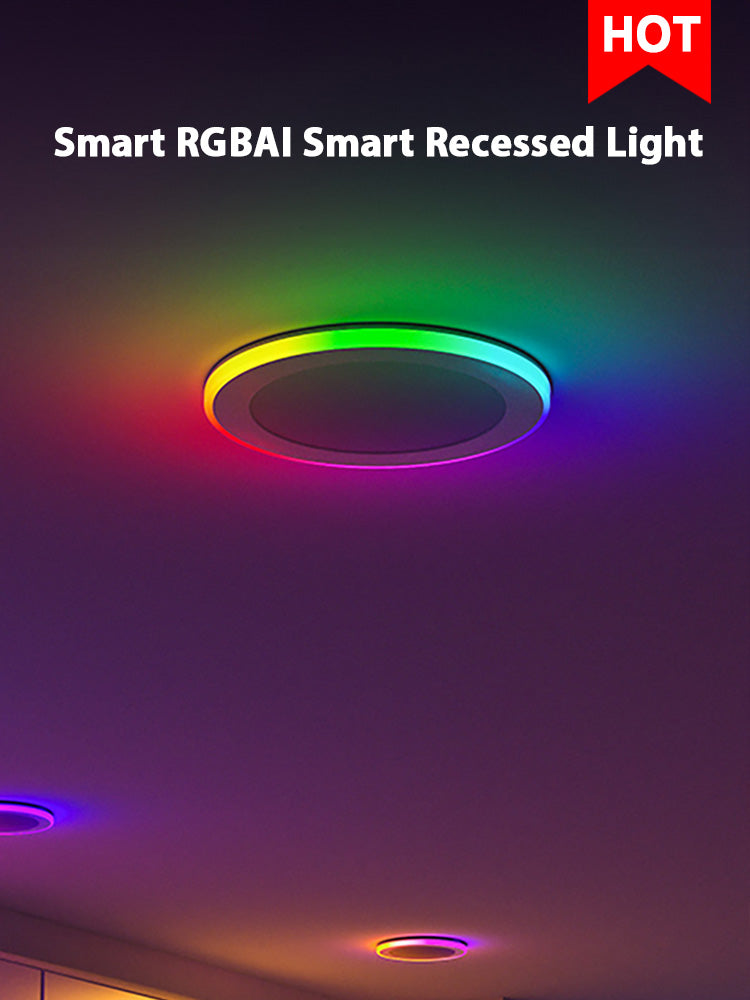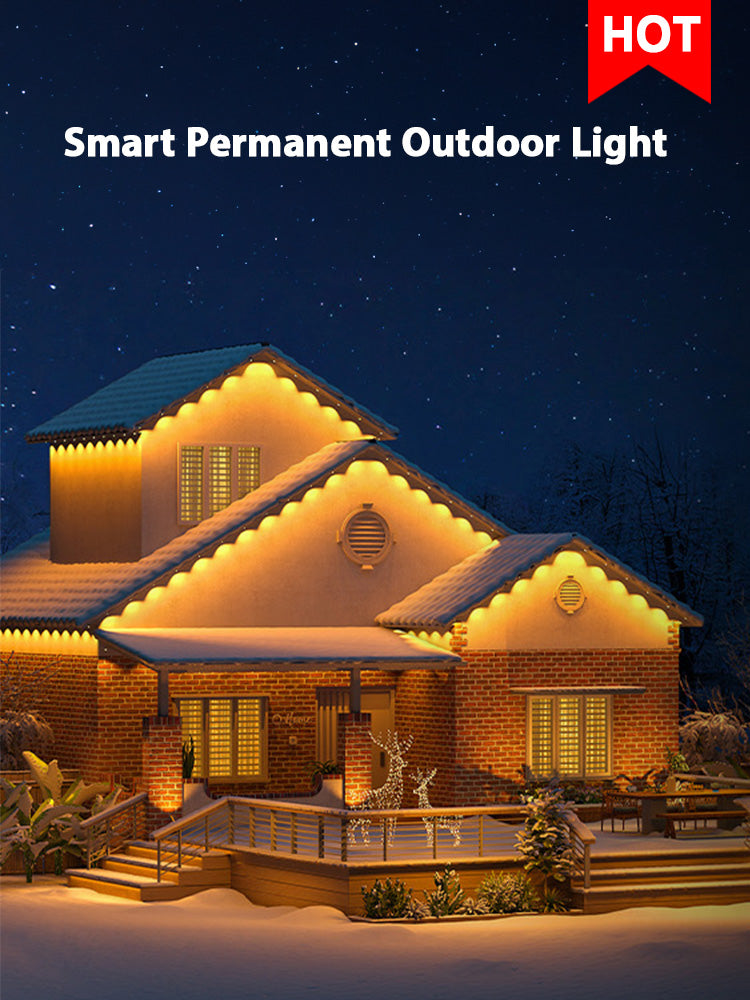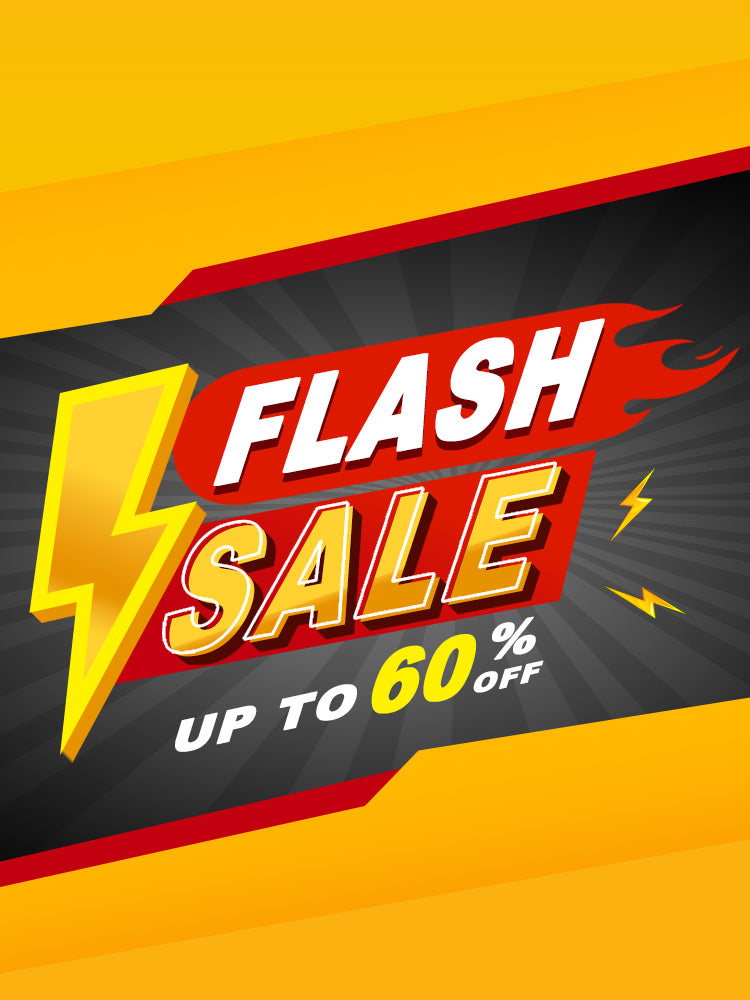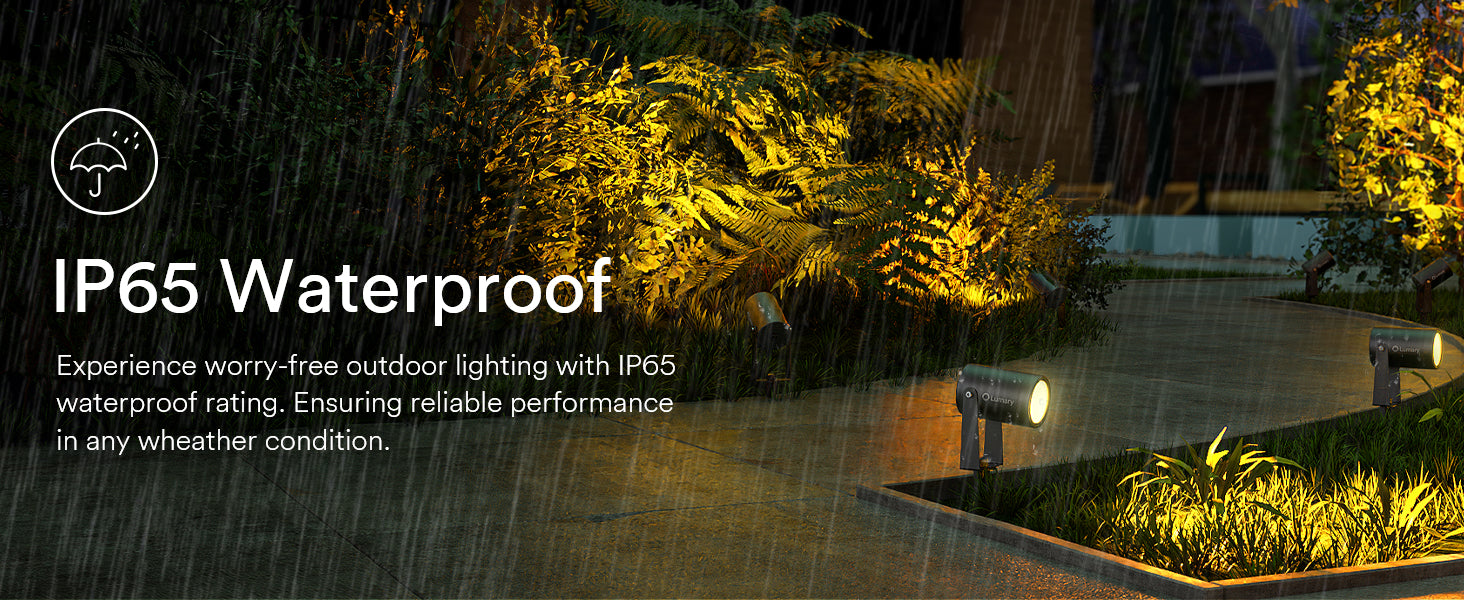When installing outdoor lighting, from subtle landscape accent lights to bright security floodlights, one of the most vital design considerations is the IP rating. Also known as the International Protection Marking, this 2-digit code provides crucial information on the fixture's durability against dust and moisture ingress. Choosing luminaires with IP ratings suited to each unique outdoor location is key to ensuring lighting survives and functions reliably for years despite weather fluctuations. This article explains the meaning behind IP codes, followed by specific recommendations on appropriate ratings for diverse exterior spaces around your home.

What is an IP Rating?
IP stands for Ingress Protection, with the rating system managed globally by the International Electrotechnical Commission to classify electrical enclosures. The IP code uses a 2-digit format indicating the fixture's protective levels against particles and liquids respectively.
The first digit signals the solid particle ingress prevention on a scale from 0 to 6. The higher the number, the better dust tightness and protection from contact with objects like tools. 0 means no protection, while 6 indicates complete dust resistance. Most quality exterior lighting carries ratings from 4-6 in this first digit.
The second digit denotes liquid ingress protection levels from 0 to 9. Ratings for outdoor spaces generally range from 2 to 8 here. The higher number correlates with better sealing against moisture penetration from dripping water, rainfall, sprinklers, garden hoses, and such. While 0 means no water protection, 9K means powerful water jets from all directions cause no adverse effects whatsoever inside the light.
For permanent outdoor installations exposed to the elements daily or seasonally, lighting should have the first digit as 5 or 6 and the second digit as 5-8. These ratings ensure exterior wall sconces, pathway lights, and LED bars withstand common wet outdoor conditions over years of changing weather.
Here is a breakdown of what the first and second IP rating digit signifies:
|
First Digit |
Solid Particle Protection Level |
|
0 |
No protection against contact or entrance of substances |
|
1 |
Protected against solid objects of 50mm diameter and greater |
|
2 |
Protected against solid objects of 12.5mm diameter and greater |
|
3 |
Protected against solid objects of 2.5mm diameter and greater |
|
4 |
Protected against solid objects of 1mm diameter and greater |
|
5 |
Dust in limited amounts |
|
6 |
Completely dust-tight |
|
Second Digit |
Liquid Ingress Protection Level |
|
0 |
No protection |
|
1 |
Protected against vertically falling water drops |
|
2 |
Protected against vertically falling water drops when enclosure titled up to 15° |
|
3 |
Protected against spraying water 60° from vertical |
|
4 |
Protected against splashing water from any angle |
|
5 |
Protected against water jets |
|
6 |
Protected against powerful water jets |
|
7 |
Protected against the effects of temporary immersion in water of a depth between 15cm and 1m |
|
8 |
Protected against a long period of immersion in water of a depth beyond 1m |
|
9 |
Fully protected against moisture and more - high-temperature jet sprays, wash-downs, and steam cleaning. |
How to Tailor IP Ratings to Outdoor Locations
1. Front Door Wall Sconces & Entry Lighting
Outdoor wall sconces flanking front doors provide attractive illumination for visitors while enduring dust and some water exposure. Models fitted partly under the eaves and porch covers (like color-changing recessed lights) only require an IP23 rating to defend against dripping water.
However, sconces on taller exterior walls fully exposed to the elements should have IP65 constructions, indicating dust tightness and water resistance against low-pressure jets. This protects the recessed lights or wall washer light bars from rain and occasional sprinkler spray.
2. Pathway & Garden Lighting
To brightly illuminate walking paths for safe passage, pathway lighting along patios, garden trails, and driveways needs at least an IP65 rating. This combination of dust protection and water resistance suits the wetness from rain or irrigation systems. For lighting along pool decks continually close to water, IP68 fixtures fully submersible in liquids are smart choices.

3. Security & Perimeter Lights
Since security floodlights, spotlighting around entry doors, and perimeter illumination stay on overnight, these fixtures endure extensive outdoor exposure. The IP65 rating once again makes the most sense, ensuring exemplary dust and water protection. This prevents internal shorts and corrosion while maintaining the visual clarity of the LEDs despite weather fluctuations.
4. Pool, Garden & Landscape Accent Lighting
To artfully highlight architectural facets, trees, garden beds, and water features, small accent lights set into the surroundings endure moisture from rain, sprinklers, and irrigation spray. Accent lighting around pools and ponds should carry IP68 ratings, allowing temporary submersion without damage. But garden path lights and general landscape spotlights can survive with IP65 constructions since they undergo less direct water contact.
5. Permanent Outdoor Eaves Lights & LED Bars
Recessed canless eaves lights fitted snugly into roof overhangs and covered porches mainly need an IP44 rating. This allows these color-changing lights adequate defense against water spray from certain angles and minor dust ingress.
But horizontal LED light bars permanently installed under open patios and pergolas require IP65 or even IP67 ratings. This guards against all dust particles, along with high-pressure water jets expected on exposed decks or uncovered exterior bars. Click to read more:Best Eaves Lights to Illuminate Your Outdoor Living Spaces.
Consequences of Using Outdoor Lighting with Insufficient IP Ratings
Opting for outdoor luminaires like wall-washing bars or eaves fixtures with inadequate IP ratings often leads to problems like:
- Moisture ingress causing short circuits, power faults, or lighting flickering
- Total fixture failures during harsh weather conditions
- Corroded contacts and connections degrading lighting performance
- Mold buildup inside fixtures from accumulated moisture
- The need for frequent, costly repairs or premature replacement way before the expected lifetime of 20,000+ hours
Ultimately, insufficient IP-rated fixtures mounted outdoors fail more often and degrade faster in wet conditions. This means having to annually replace failed landscape or security lights, costing much more than higher IP-rated models over the long term. Insufficient ingress protection also renders lighting useless during sub-zero or stormy weather when illumination matters most for home safety.To avoid these issues, it’s crucial to understand the right wattage for outdoor lighting to ensure both efficiency and durability in various weather conditions.
Benefits of Utilizing Suitable IP-Rated Outdoor Lighting
In comparison, investing a little more upfront in outdoor lighting like pathway spotlights or wall-mounted bars with suitable IP65 or IP68 specifications pays off for years through:
- Preventing internal short circuits, power interruptions, and voltage fluctuations
- Stopping rust and corrosion erosion of components in wet weather
- Maintaining consistent lighting qualities, luminance, and visual clarity over decades
- Conserving energy via water-resistant housings and clear optical materials
- Lowering maintenance via durable, shielded light fixture constructions
- Extending overall lifespans to 50,000+ hours of near-continuous daily operation
By matching IP ratings to the specific outdoor location's dust and wetness exposure levels, luminaires stay protected in rain or winter snow. Run pathway garden lights all night without worrying about moisture fouling the LEDs. Install wall washer light bars anywhere outdoors while being dust-tight and water-jet-proof. Ultimately, suitable IP ratings provide homeowners priceless peace of mind that carefully chosen outdoor lighting installations deliver flawless, lasting illumination year after year.
Conclusion
IP ratings may seem like confusing technical jargon at first when selecting outdoor lighting fixtures. But this simple 2-digit code carries valuable insights into a product's ingress protection abilities, which greatly influence durability and lifespan. For lighting installed in uncovered outdoor areas prone to rain, sprinklers, and weather fluctuations, always check for suitable IP ratings like IP65 or IP68, matching the location's dust and wetness levels. Spending a little extra for properly IP-rated luminaires is worthwhile, considering the exceptional long-term performance along with reduced maintenance needs. By understanding and applying IP ratings wisely, your landscape enjoyment stays illuminated for many more years ahead.
Q&A About IP Rating
Q1: Is a higher or lower IP rating better?
Typically, a higher IP rating signals more advanced protection abilities. An IP65 fixture resists weather better than an IP44. But higher doesn't automatically mean necessary. Select ratings suiting the installation spot based on exposure. A covered porch light may only need IP44, while driveway fixtures warrant IP65 sealing.
Q2: What's the difference between waterproof and weatherproof lighting?
Waterproof indicates temporary or permanent submersion protection, with IPX7 and IPX8 ratings respectively. Weatherproof refers to resistance against all weather elements like rain, snow, and humidity - IP64 or IP65 lights. Waterproof is best for pool areas, while weatherproof suits other outdoor spots.
Q3: Which is better - IP65 or IP66?
IP65 and IP66 both indicate dust-tight protection and resistance against heavy water jets. IP66 offers slightly more enhanced sealing against liquid penetrations in some product testing standards. But for residential outdoor lighting subjected to rain, sprinklers, and such, IP65 delivers sufficient durability for most.
Q4: Can outdoor lighting be IP68-rated?
Yes, IP68 is permissible for submersible outdoor lighting designed for continual water immersion. Fountain lights, pond lighting, pool lights, and landscape lights installed in the saturated ground may carry IP68 for superior water ingress protection and waterproof abilities.
Q5: What typical IP rating do outdoor wall lights need?
Outdoor wall sconces and porch lighting normally need IP44 or IP65 depending on weather exposure. Wall fixtures under eaves or porches with reduced wetness/dust levels only need IP44 protection. But units openly exposed on taller walls warrant a dust-tight, water jet-resistant IP65-rated construction.

